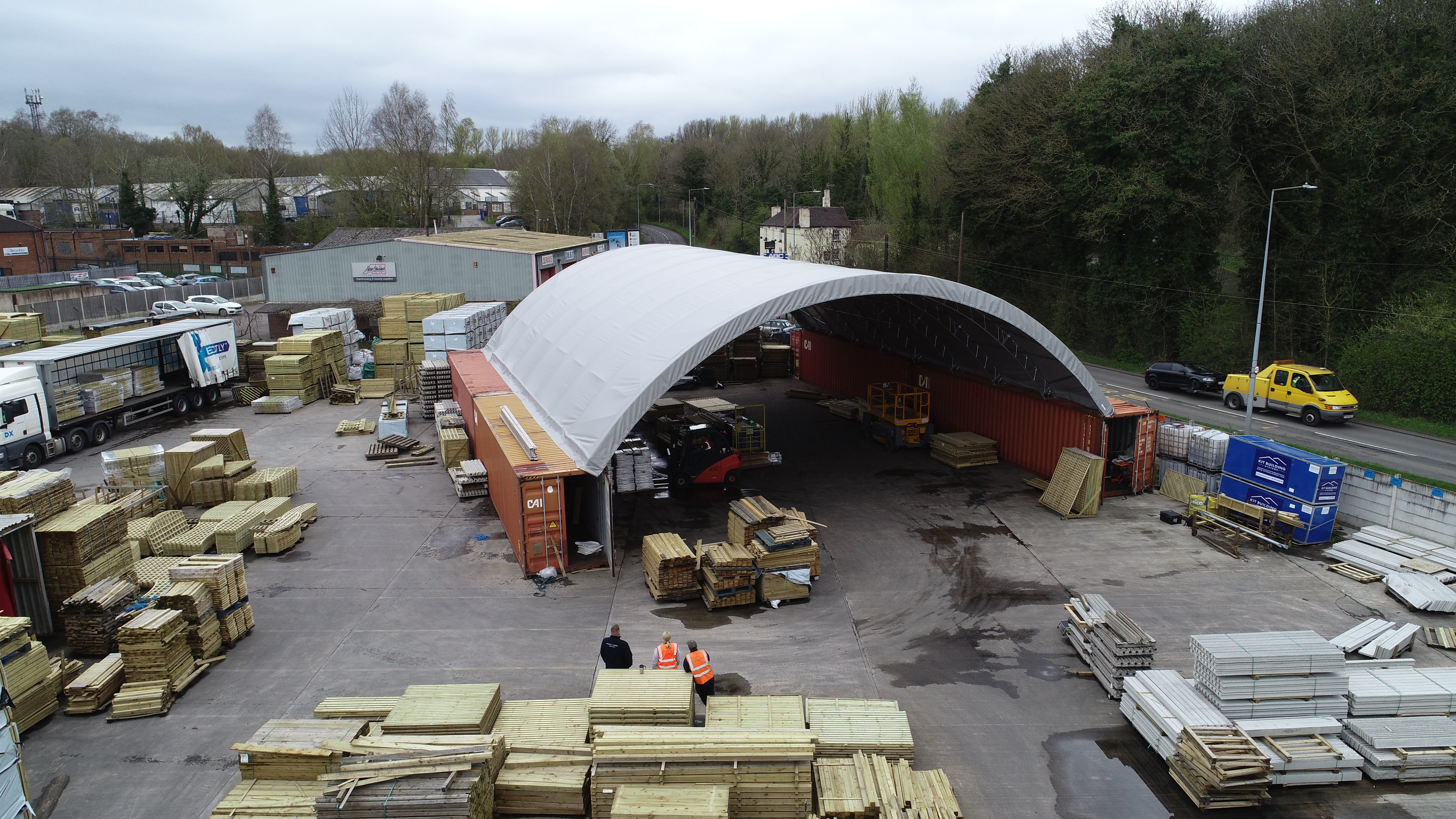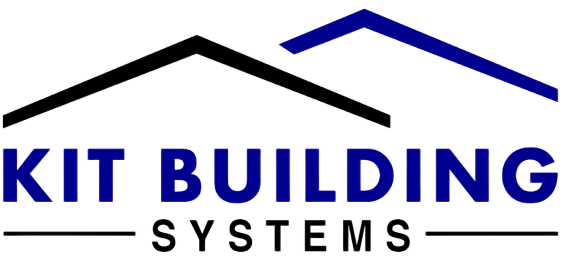
Guide to Versatility of Fabric Buildings
Imagine a place that’s not heavy and can be reformed and assembled quickly. Yes, that is the greatness of fabric-building solutions! They are made from rigid and flexible fabric that stretches over a steel structure underneath. This inventive design offers a range of benefits compared with conventional buildings, making them a highly sought-after option around the nation.

What is so special about fabric buildings that we should choose them for your needs?
It does not matter whether you are searching for short-term storage or an event tent for your seasonal event; fabric buildings are a good alternative.
At Kit Buildings, we strive to provide our customers with the best manufacturing and supply services for prefabricated, customized buildings and commercial applications. We aim to disrupt the established way businesses approach storage solutions and provide knowledge and industry commitment on par with none. Throughout this guide, we will examine the benefits of fabric building solutions and why they are an excellent option for commercial needs.
Features of Fabric Buildings
Here are some of the considerable features of fabric buildings:
Lightweight and Portable:
While brick, mortar, or concrete structures are weighty, fabric buildings are lightweight. These lightweight fabric buildings makes them more convenient for carriage and installation and allows them to be set up anywhere. Consider a situation where one needs extra storage space temporarily at a remote job site; fabric building solutions can be brought and assembled quickly with minimal impact on the work process.
Fast and Easy Assembly:
The fabrics require little effort to handle. In a modular design, the structure is made of pre-made elements that can fit together seamlessly. The lightweight structures make handling during assembly even easier; furthermore, hardly any specialized tool is required for the process.
Building a fabric structure is one that you will have virtually no lag time for. This will minimize downtime and facilitate an easy set-up process for your project or event.
Durable and weather-resistant:
Refrain from falling prey to the perception that lightweight fabric buildings cannot be relied on. The fabric building materials that are used for the exterior are even designed to counteract the severe Canadian climate conditions. Thanks to the technologically advanced materials used in the construction of fabric buildings, the structures are designed to withstand particular wind and snow loads in specific regions.
Cost-Effective:
Flexible buildings are a cheaper way of building compared to conventional construction. undefined
Lower Material Costs: The main difference in the cost of fabric homes and conventional houses is typically the cost of the materials used.
Faster Installation: This technology significantly decreases the labour costs usually involved in conventional construction work by virtue of the quick construction process.
Minimal Maintenance Requirements: Building fabrics require relatively lower amounts of ongoing maintenance than conventional structure maintenance does, which brings the ongoing expenses down.
Adaptable and Versatile:
Convertible fabric structures can be modified to meet different requirements! They come in a variety of sizes, from tiny shelters to wide-scale ones. This gives you the flexibility to choose what will best work for your project, whether it's for its objective or scope.
Natural Light and Energy Savings:
The majority of fabric buildings construct light-passing materials on the roof and walls. This permits daylight to enter, thus, in turn, encouraging less use of artificial lighting. Apart from leading to a generally bright and cheerful environment, there would be energy savings on your lighting bills.
What Fabric Building Materials Are Used?
Fabric building materials are the secret behind the strength and durability of fabric buildings:
Fabric Membranes:
These reinforced fabrics, mostly made of PVC (polyvinyl chloride) or other synthetic materials, are tear- and puncture-resistant and weather-resistant. The PVC coating offers extra sun protection and keeps the fabric in mint condition even after years of sun exposure. Other membranes are made of fabric materials with fire retardancy built for extra precaution.
Metal Framework:
The frame is usually built of galvanized steel as an inner part. An application of zinc coating on a steel surface as a galvanization process results in a high level of protection against rust and corrosion. This way, they can rest assured that their frame will be sound and robust for years to come, withstanding even solid and cold weather.
When is a Fabric Building the Right Choice for You?
Fabric buildings solutions are an excellent option for a variety of commercial applications in Canada, including:
Temporary Storage:
Do you need an area for seasonal products, job tools, or construction/renovation materials during the project's time? Fabric buildings have been identified as the cheapest and most effective solution. They can be built without special tools anywhere you would like them, and they can be disassembled easily when you no longer live there.
Construction Sites:
If necessary, build an on-site office, material storage, or crew facilities for a temporary period. Construction fabric buildings allow you to quickly and cheaply create a productive workplace for your construction site. Aside from being the first line of defence, they can prove vital in protecting equipment and materials from harsh environmental extremes.
Sporting Events:
Use a timely structure as a sporting venue or make space for concerts and outdoor gatherings. Fabric buildings provide a flexible solution that may be adjusted either in size or in the layout design to suit the needs of any size of event. Thanks to the clear-span construction, open floor plans are possible, while the light coming from textiles as if from daylight contributes to a friendlier feeling.
Agricultural Uses:
Alternative materials are needed to serve as shelters, grain storage, and mini-markets where people can access the goods that they sell. Cloth buildings could represent a lucky break for farms, offering cover for farmers and their produce as well as a space to engage in farm market activities.
Emergency Shelters:
Fabric buildings will be employed as temporary structures if the disaster hits to mitigate the situation. The speed of assembly and spatial abundance of such structures enable them to be used as alternative housing or relief centers in periods of natural disasters or other unseen accidents.
Conclusion
Canadian consumers are provided with a novel alternative in the form of fabric structures that are also low-cost, multifaceted, and resilient to various weather conditions. A fabric building surely fits the bill if you’re a contractor, farmer, event organizer, or body owner, as it helps you create an adequate and functional space to achieve your plan.
At Kit Buildings, we are experienced experts in providing fabric building solutions. Counselors of our expert team will accompany you on each step, from primary consultations to installation. We are here 24/7 after all installations to provide the best support services.
Call us today for a free quote for your carriage house and find out how fabric structures will change the way you store and use your space.



